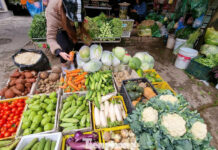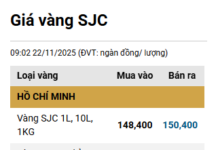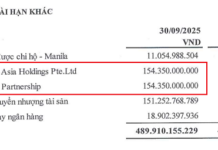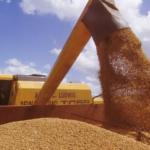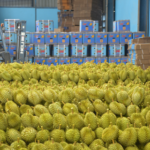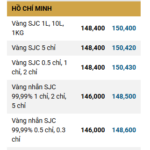
U.S. corn exports are projected to hit a second consecutive record high as farmers shift from soybeans to grow more corn for feed and energy purposes.
The U.S. Department of Agriculture forecasted in a September report that U.S. corn shipments will rise to over 2.97 billion bushels in the marketing year ending August 2026.
This volume—equivalent to more than 75.5 million metric tons—marks a 100 million bushel increase from the August report and surpasses the previous record of 2.83 billion bushels estimated for the prior year.
USDA data shows that as of September 18, over 20 million tons of export contracts have been signed. Mexico, Colombia, and other Western Hemisphere countries account for roughly half of this, while Japan, South Korea, and other Asian markets represent about 20%.
“We observe a shift from wheat to corn as the primary feed ingredient in regions like South Korea and Southeast Asia due to better value,” noted Genichiro Higaki of Tokyo-based Market Risk Advisory. Demand for corn in biofuel production is also rising.
Production is expected to reach an all-time high as planting areas expanded after the U.S.-China trade war prompted soybean farmers to switch to corn for feed. The trade war’s impact on U.S. corn has been limited, with Chinese purchases accounting for only a small fraction of U.S. corn exports in 2024.
U.S. corn may also benefit from potentially reduced exports from Brazil, the world’s third-largest corn producer.
Brazil’s corn output this season is forecast to reach nearly 131 million tons, close to a record. However, domestic corn demand is expected to rise as regulations mandate increasing ethanol blending in gasoline from 27% to 30% starting August.
Brazil’s demand for corn in ethanol and feed production is climbing, with domestic corn prices exceeding export prices, according to Naoyuki Omoto of Green County, a Japan-based grain consultancy. “Serving domestic buyers offers better margins, so export volumes will likely decrease,” Omoto stated.
Benchmark corn futures on the Chicago Mercantile Exchange (CME) have fallen from $5 per bushel in spring to below $4 in mid-September, currently trading near $4 lows.
Corn prices are expected to trend upward gradually, according to Hideki Hattori, a grain analyst at Japan’s Nippn flour milling company.
Commitments from countries like Japan and Vietnam in trade negotiations with the Trump administration to purchase more U.S. agricultural products will further boost U.S. corn exports.
However, it remains uncertain whether exports and demand can keep pace with increased supply, leaving many market observers cautious about the outlook, per Higaki of Market Risk Advisory.
The King of Fruits: Vietnam’s Durian Exports Take Flight to China
Cambodia has reached a significant milestone with its first-ever export of durians to China via air freight. This groundbreaking achievement marks a new era for the country’s agricultural industry, showcasing the potential for premium Cambodian produce to reach international markets. With its rich flavor and unique taste, Cambodian durian is set to captivate the palates of consumers abroad, solidifying the country’s position as a prominent player in the global durian market.
The Green Gold Rush: How Vietnam’s Agro-Industry Reaps a $40 Billion Windfall
The Ministry of Agriculture and Environment reported that the export turnover of agricultural, forestry, and aquatic products in July 2025 is estimated at 6.01 billion USD, a surge of 13.4% compared to the same period in 2024.



